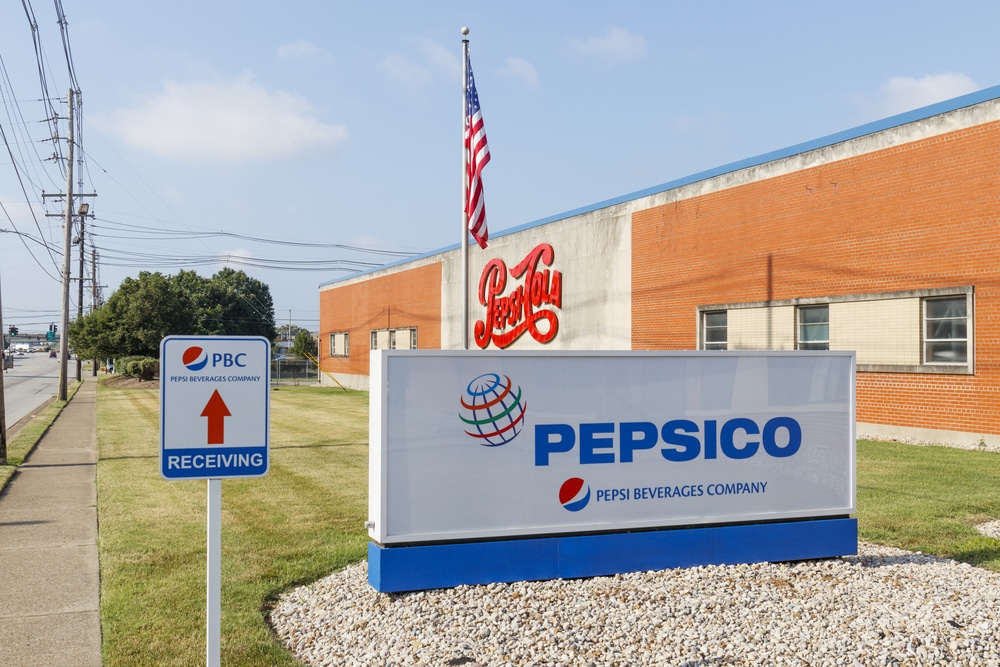Exchanges: Exchanges play the same role as stock exchanges in the buying and selling of stocks. In other words, the business model is to match people who want to buy financial products with people. Who want to sell financial products, and make a profit by collecting fees from both? In other words, the exchange is basically an intermediary. For example, the US exchange is called the BTCUSD market because it trades dollars and bitcoins.
In addition, on the Chinese exchange, the BTCJPY market is used to trade the original and BTC, and on the Japanese exchange, the Japanese yen and BTC are handled. Besides that, it also provides the function of a wallet that keeps the virtual currency of the user, so it also provides the same function as the protection deposit of the securities company.
In other words, an exchange can be understood as a stock exchange and a securities company together. The problem with this mechanism is that the exchange is not included in the advanced security functions provided by the central blockchain.
The current mechanism of virtual currencies seems to me to have a major weakness in this respect. In other words, there is no mechanism to control malicious exchanges. In fact, it seems to me that the exchange is the stage of trouble even in the Mount case and the coin check case, as it clearly shows the problem of this mechanism.
Blockchain technology structure
By the way, blockchain is the core technology of virtual currency, especially Bitcoin. Transaction record sharing/accumulation phase: When a transaction is input from a certain exchange, the record is shared by all the servers constituting the system. If this function is performed by the conventional technique, the following procedure seems necessary. For future information visit prime-advantage
- Any server gets exclusive use rights from the entire system.
- Add the transaction record in the latest block inside the server.
- All other servers are instructed to add records by broadcast processing.
- Wait for all servers to receive the message that the addition is complete.
Upon receipt of the reply that all the postscripts have been added, the right to monopolize the use will be cancelled, but if a certain number of cases have been accumulated, the next phase is entered. If you do that, you’ll lose money unless you withdraw your deposit right away.
The above procedure is presumed. This procedure looks very similar to the control of Google’s GFS Google File System triple file. The author thinks that it is extremely easy to understand if the number of 3 is expanded to N.
POW transaction confirmation phase: Next, POW (Proof of Work) is triggered when a certain number of transactions are accumulated. Alternatively, it is also called mining, and from this point on, miners will compete for the calculation of the latest blockchain hash value from the records so far.
This calculation requires extremely high speed and a large amount of calculation, and a large electricity charge is required. The area where the electricity rate is low, you cannot win the competition. For that reason, many servers are currently located in the remote areas of country, where electricity prices are low.
Then, if you win this calculation competition, you will be paid a certain bitcoin as a success fee. This mechanism is, first of all, to provide an incentive for a hardware provider who actually records a distributed ledger containing transaction records to spontaneously appear.
Voluntary hardware providers need to be prepared for a huge amount of calculation, that is, a large electricity cost. In other words, secondly, it creates a barrier to entry that requires a large capital investment in order to become a miner who is familiar with the inside of the distributed ledger.
And thirdly, it has the tampering prevention aspect of providing bitcoins as a reward for mining work in order to prevent tampering with the contents and making a profit.
In any case, it takes about 10 minutes for the transaction to be approved after the two phases are completed, and the user will wait until the new block is connected and the transaction is confirmed.









